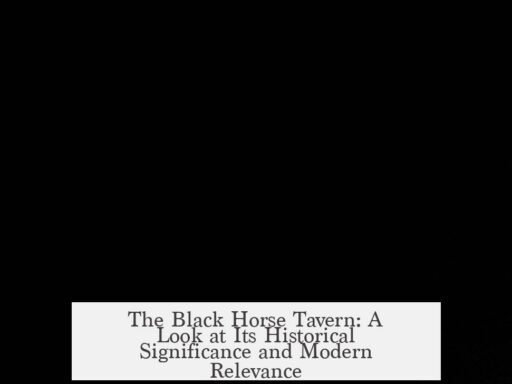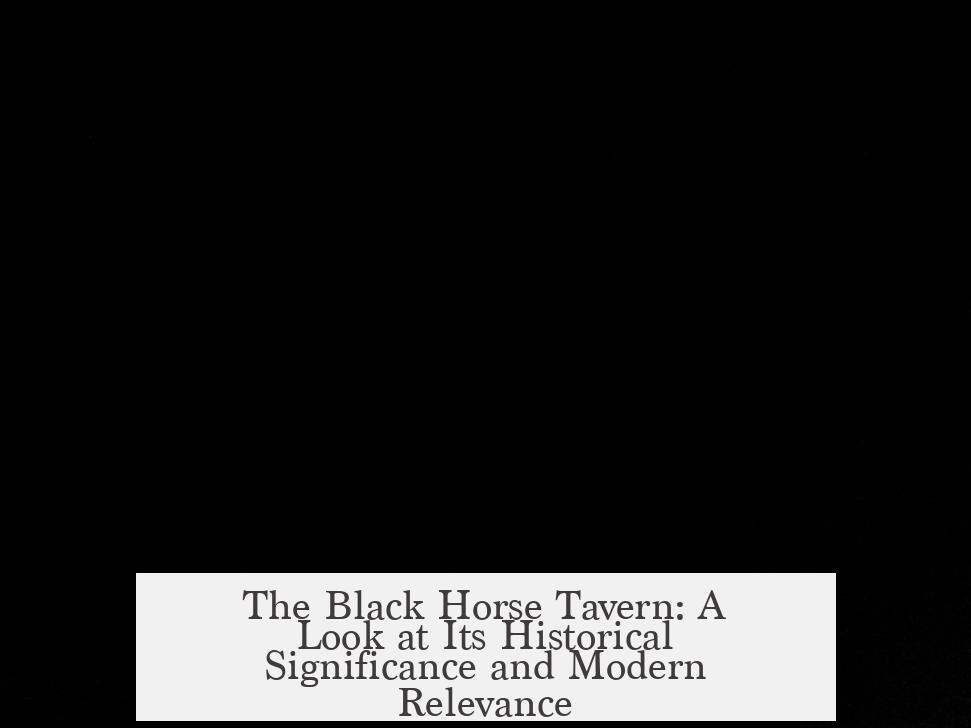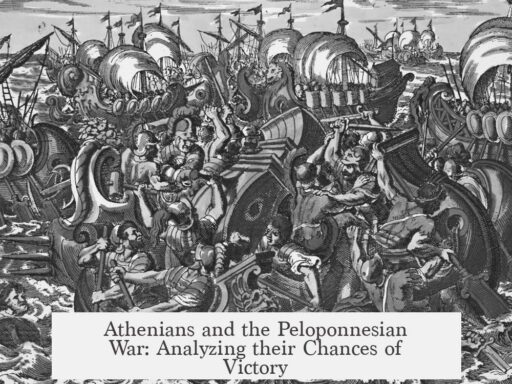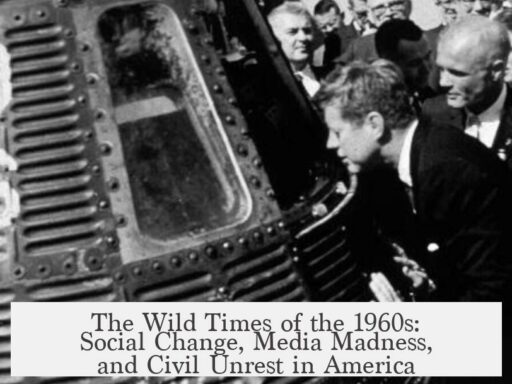The Black Horse Tavern holds historical significance both in Manhattan, New York, and Winchester, Massachusetts, as notable colonial-era meeting places and taverns.

In Manhattan, the Black Horse Tavern originated in the 1740s when Jacob Dyckman, Jr. purchased land along the Pass from his uncle George. He established orchards and constructed a public house called “At the Sign of the Black Horse.” This tavern gained importance during the 1752 yellow fever epidemic. The Colonial Assembly relocated from downtown New York and held meetings at the Black Horse Tavern. Meanwhile, members boarded nearby at Dyckman’s cousin Benjamin Benson’s farm, half a mile east.
By 1756, Dyckman moved north to Spuyten Duyvil to build a new tavern by the Harlem River. He sold the Manhattan property quickly to his in-laws, Daniel and Catherine Benson McGown, along with their son Andrew. The McGown family operated the Black Horse Tavern through the Revolutionary War era, maintaining its role as a local hub for community and political gatherings.

Meanwhile, the Black Horse Tavern in Winchester, Massachusetts, was built earlier in 1724. Located at the corner of Black Horse Terrace and Main Street, it served as an important meeting spot for soldiers and townspeople during the American Revolution. This tavern was part of what was known as Black Horse Village. Despite its historical value, the original building was demolished in 1892. Today, its legacy endures through local place names and historical references.
| Aspect | Manhattan Black Horse Tavern | Winchester Black Horse Tavern |
|---|---|---|
| Established | 1740s by Jacob Dyckman, Jr. | 1724 |
| Key Historical Role | Colonial Assembly meetings during 1752 yellow fever epidemic | Revolutionary War soldiers’ meeting place |
| Location | Along the Pass, Manhattan, near Harlem River | Black Horse Terrace and Main Street, Winchester, MA |
| Current Status | Operated by McGown family after 1756 | Demolished in 1892 |
Both taverns served as critical social and political venues in colonial America. The Manhattan Black Horse Tavern provided refuge for government officials during health crises and wartime transitions. The Winchester tavern served local militia and residents, anchoring community activity.

- Manhattan’s Black Horse Tavern was built in the 1740s by Jacob Dyckman, Jr., then run by the McGown family.
- It hosted the Colonial Assembly during the 1752 yellow fever outbreak.
- Winchester’s Black Horse Tavern, dating to 1724, was central to local Revolutionary War meetings.
- Winchester tavern was demolished in 1892, but remains culturally significant.
- Both taverns highlight the role of taverns as community and political centers in colonial America.
The Black Horse Tavern: A Historical Gem with Two Stories to Tell
If you’re asking, “What is the Black Horse Tavern?” the answer is more than just a place to grab a drink. The Black Horse Tavern is a name steeped in American colonial history, known in both Manhattan and Winchester, Massachusetts, as a crucial social and political hub during the 18th century. Let’s saddle up and explore both illustrious versions of this tavern, their history, and why they remain fascinating today.

The Black Horse Tavern of Manhattan: A Colonial Epicenter
Picture Manhattan in the 1740s. Jacob Dyckman, Jr., a savvy landowner, purchases lands “along the Pass” from his Uncle George. This wasn’t just a real estate deal — Dyckman planted orchards and constructed not only a home but also a public house, famously christened “At the Sign of the Black Horse.”

This tavern was no ordinary watering hole. During the yellow fever epidemic of 1752, the Colonial Assembly fled the downtown chaos and convened here. Imagine leaders deliberating vital decisions amid the rustic charm of the Black Horse Tavern, while lodging conveniently just half a mile away at Dyckman’s cousin Benjamin Benson’s farm. Such a relocation underscores how integral this tavern was to political life.
Fast forward to 1756, Dyckman decided to move closer to family near Spuyten Duyvil and planned a new tavern by the Harlem River. He sold his Harlem property swiftly to none other than his in-laws—Daniel and Catherine Benson McGown. This wasn’t a simple business transaction; the McGown family, with their son Andrew, ran the Black Horse Tavern through turbulent times, even holding the fort after the Revolutionary War.
Here’s a question: how many taverns today can boast they hosted the Colonial Assembly or survived a war? That’s precisely what makes this Black Horse Tavern a living testimony to the resilience and political pulse of early America.
Across the River: The Black Horse Tavern of Winchester, Massachusetts
Now, shift your imagination to Winchester, Massachusetts. Here stood another Black Horse Tavern, built way back in 1724 at the corner of Black Horse Terrace and Main Street. This tavern served as a vital meeting spot for both soldiers and townspeople during the American Revolution.
The tavern wasn’t just a bar or an inn; it was a community hub. Soldiers strategized, citizens exchanged news, and locals gathered, all under the same roof of the iconic Black Horse sign. Unfortunately, this historic tavern was demolished in 1892, paving the way for modern buildings but leaving behind a legacy captured in the very name of the local Black Horse Village, just near the original site.
Ask yourself: How do places shape communities? The Black Horse Tavern in Winchester was a lifeline for soldiers and townsfolk alike during one of the most formative periods in American history.
Why Do Black Horse Taverns Matter Today?
Their stories are more than quaint anecdotes from dusty archives. Both taverns stood at the crossroads of history—political, military, and social. While the Manhattan location hosted colonial politicians escaping an epidemic, the Winchester tavern served as a rallying point for revolutionary soldiers.
If you’re ever wandering near Black Horse Terrace in Winchester, just imagine the lively debates, the clinking of mugs, and the hushed secrets these walls once held. Likewise, the Manhattan tavern site reminds us how public houses were grassroots spaces for governance, far from the polished halls we picture today.
What Can We Learn from the Black Horse Taverns?
- Historical Resilience: Both taverns survived (or in Manhattan’s case, thrived) through intense social and political upheaval, proving the importance of such communal spaces.
- Community Role: Taverns offered more than drinks; they were meeting grounds for the public, soldiers, and officials. In today’s digital age, they remind us of the power of face-to-face interactions.
- Legacy Preservation: Though the Winchester tavern no longer stands, its name endures in local geography. Historical memory is often maintained through place names and stories rather than physical structures alone.
Recommendations for History Buffs and Curious Travelers
- Visit Black Horse Terrace in Winchester and take a historical walking tour, imagining the colonial soldiers and townsfolk who once gathered there.
- In Manhattan, explore the Dyckman House museum nearby to get a feel for the era when the Black Horse Tavern thrived—this connects you to Jacob Dyckman Jr.’s world and the public house he created.
- For a deeper dive into Revolutionary War meeting spots, contextualize the Black Horse taverns within the broader network of colonial taverns that functioned as “unofficial” political centers.
Final Thoughts: More than Just a Name on a Sign
Both Black Horse Taverns illustrate how ordinary places become extraordinary when history happens within their walls. Whether it’s epidemic-era refuge, revolutionary strategy sessions, or community bonding, these taverns symbolize the evolving American spirit.
So next time you see a pub named the Black Horse or stumble onto a “Black Horse” street, remember the weight behind that name. It’s a nod to endurance, community, and history—far more than a mere tavern sign.




